Nina Campbell: How we designed Annabel's, the club where everyone looks good
Interior designer Nina Campbell was young and brave when she told Mark Birley exactly what she thought of some of his 'tacky' decor at Annabel's. The result was a collaboration which created one of London's most famous nightspots, as Nina recalls ahead of the club's move to new premises later this year.
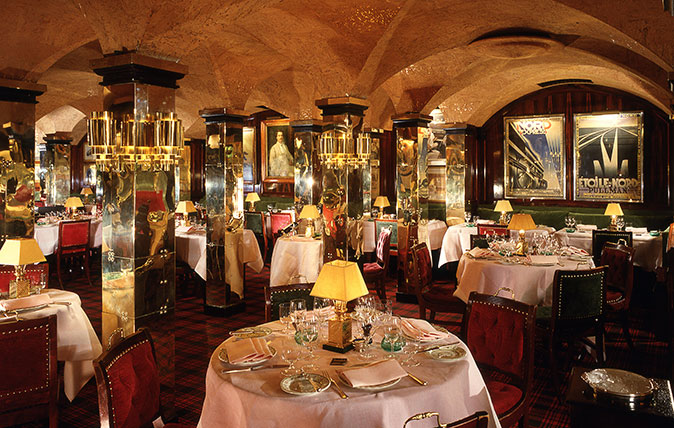

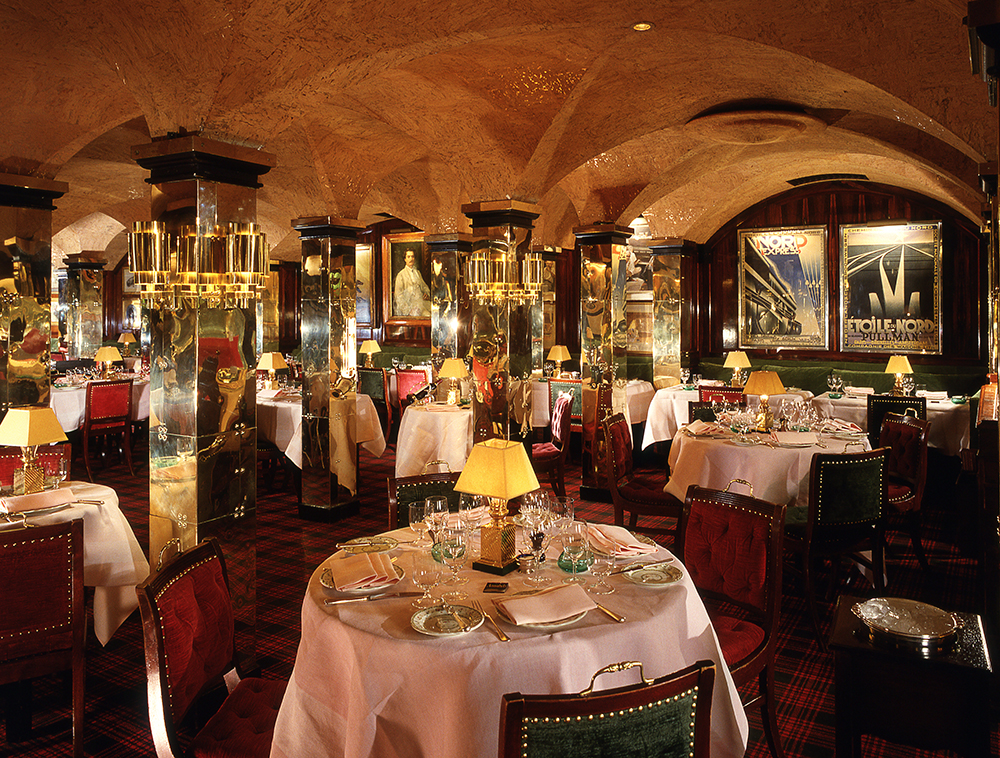
My first visit to Annabel’s was for a friend’s coming-out party when I was still in my teens. It was extremely cool and a far cry from what we were used to at Claridge’s. The architect Philip Jebb had conjured the space out of what was formerly the wine cellars and kitchen serving the house above. His stroke of genius was to make features of the vaulted ceilings.
He also covered the supporting pillars in an antiqued brass that articulated the space marvellously and created plenty of semi-private places to sit. You could just about see reflections in the brass, but you weren’t quite sure who was buried in another alcove – it was mysterious and highly atmospheric.
By the time I met the founder Mark Birley at a dinner party in 1965, I was working as an assistant to the decorator John Fowler, who had been responsible for restoring the William Kent-designed interiors of the Clermont Club upstairs.
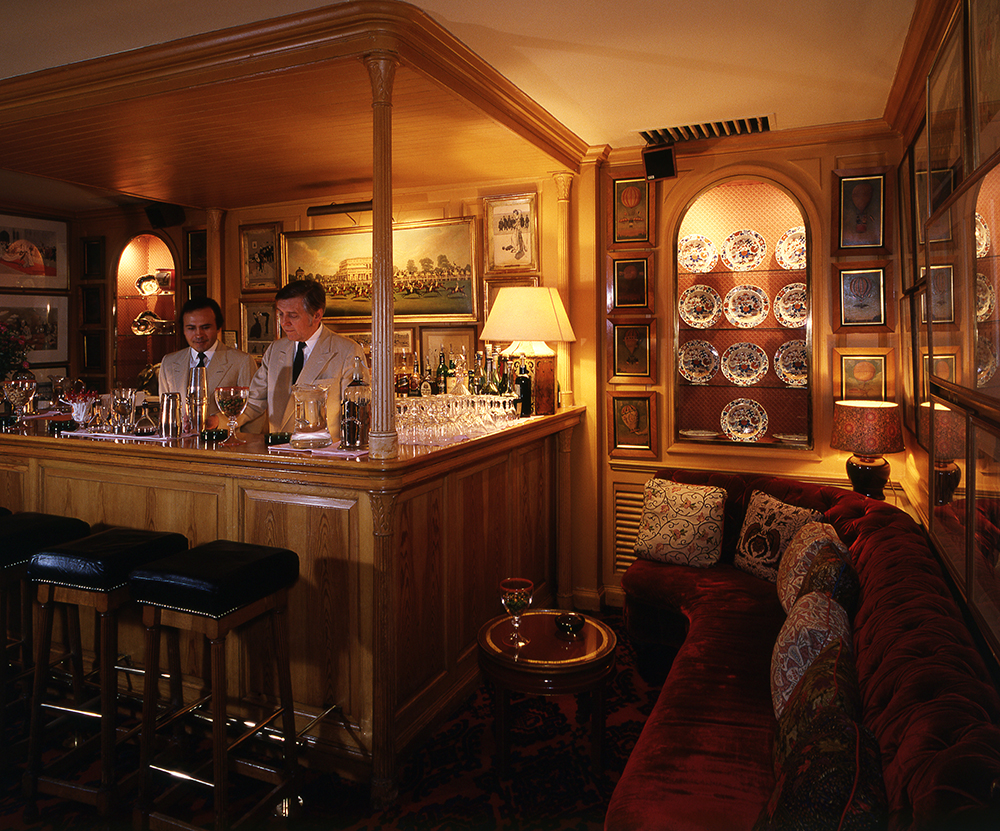
The wonderful barman, George, lent the club its character. Either side of his bar were two vitrines that displayed items for sale – white, stamped plastic from what I remember. It was just too tacky, so, when I met Mark, emboldened by the bravery of youth, I told him that they were awfully ugly.
He didn’t hesitate before responding: ‘If you think you’re so clever, why don’t you do them yourself?’
I was already planning to set up on my own, so I jumped at the opportunity and went about lining the vitrines in a vibrant Chinese red silk with a blue-and-red fan-edged border. On the shelves, I placed some pieces of Imari porcelain, again in blue and red. He liked them and I got my feet under the table – we went from there.
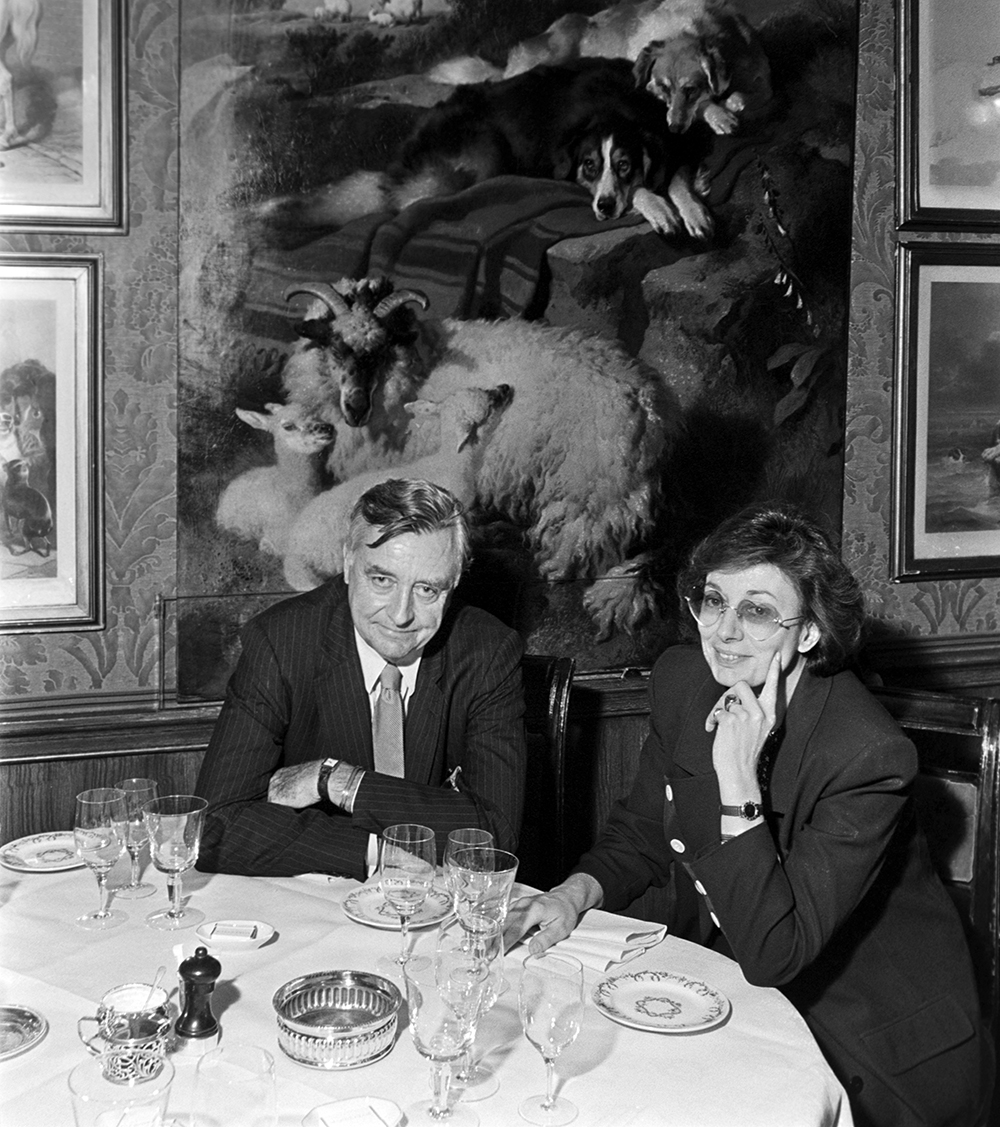
Not only was Mark voracious in his attention to detail, but he was also extremely artistic and very particular about hanging pictures, some of which he’d inherited from his father [the Society portrait painter Oswald Birley] and the others he’d collected.
Sign up for the Country Life Newsletter
Exquisite houses, the beauty of Nature, and how to get the most from your life, straight to your inbox.
I don’t think he understood a day without shopping. On one trip, he came back from a visit to Barling of Mount Street with a Buddha that was the most peaceful creature and which became the centrepiece of the Buddha Room we had painted in a fabulous red lacquer.
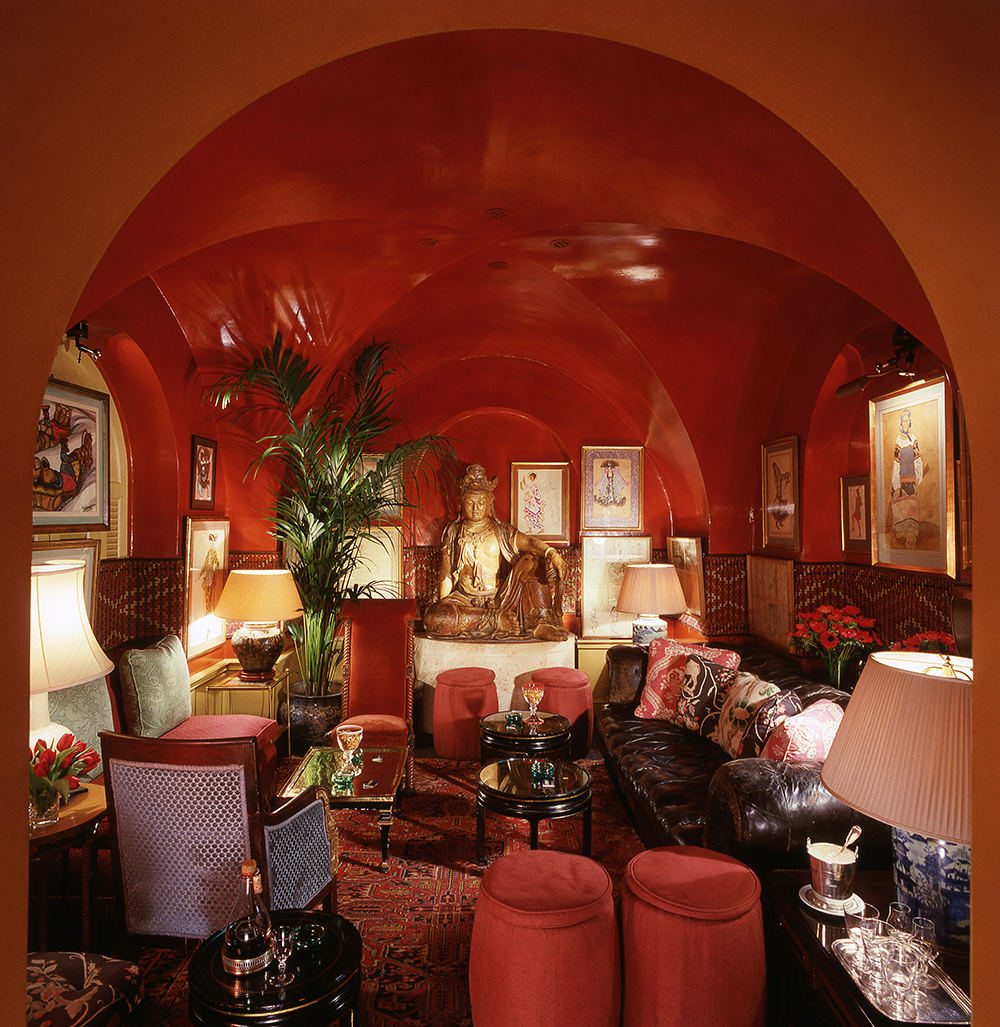
The room also became home to some Tchelitchew watercolours Mark had bought at a sale as well as his Ballets Russes paintings (he was fascinated with Russian dancers at the time). I had some Chinese temple stools upholstered in a red fabric as extra seating.
I was also responsible for the wallpaper that covered the long corridor in the club. I came across an original 18th-century document in the back of John Fowler’s cupboard. It was a pretty blue floral print on a dirty-white background that he’d discovered under layers of other wallpapers when he was decorating the Clermont. I felt very strongly that this should be put back and persuaded Mark to re-create it and it later became a Colefax & Fowler design.
The private dining room at Annabel’s was established in 1970 after Mark bought the mews behind the club. The food was impeccable – a complete contrast to other nightclubs at the time.
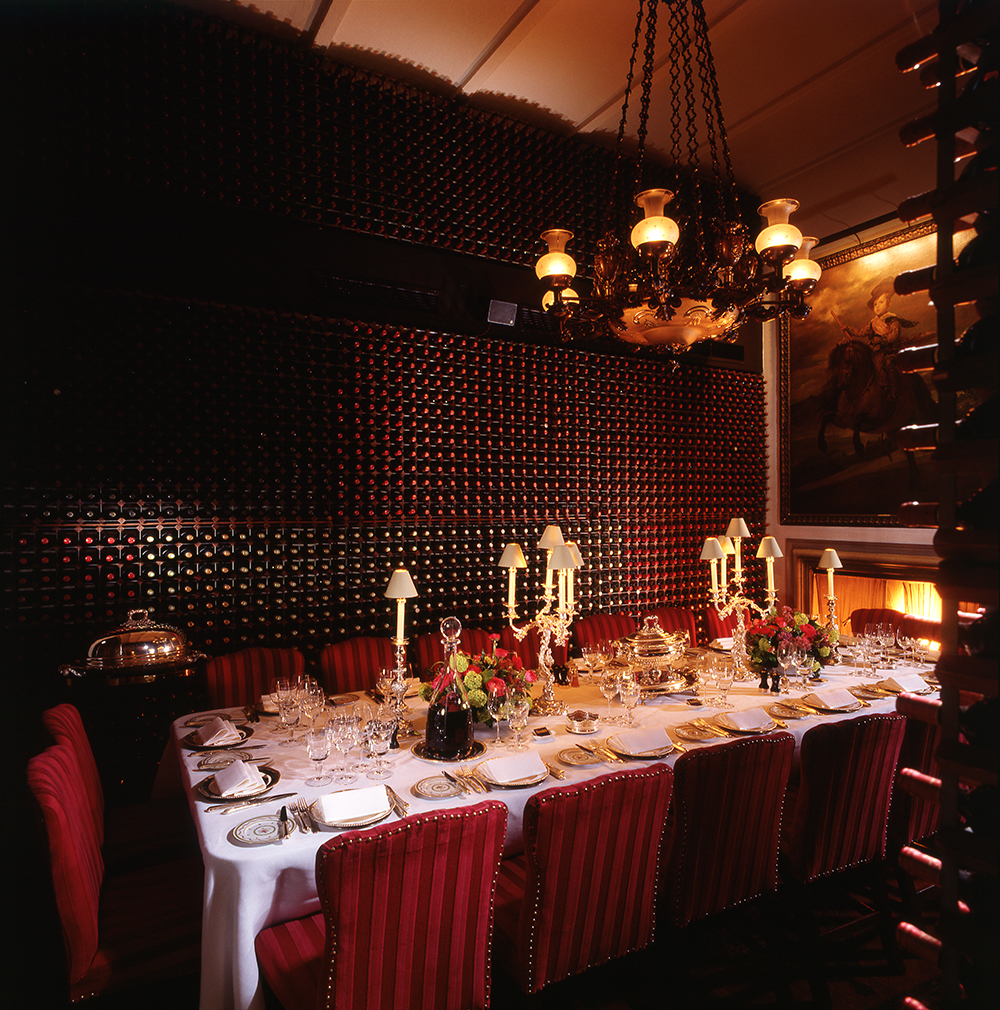
Mark didn’t like fussy menus and hated what he called ‘cloche lifting’; he much preferred things such as shepherd’s pie, chicken hash or delicious lamb cutlets. Elizabeth David’s cookery was, to him, the acme of English food. The tradition of serving lemons elegantly wrapped in pieces of muslin was another of his innovations that’s become mainstream.
At the time, I was living with a friend who owned two particularly beautiful things: one was a William IV gasolier, which I bought and hung in the dining room, and the other was a pair of narrow, upholstered chairs that we had copied for the restaurant.
On three sides of the dining room were floor-to-ceiling wine racks, which gave a wonderful ambience. The walls were painted red and, on the floor, was a continuation of the carpet in the restaurant – what we called a ‘Turkey carpet’ and something you’d typically find used as a runner on the stairs of country houses. The space, which was perfect for 20, but a crush at 22, was extremely successful.
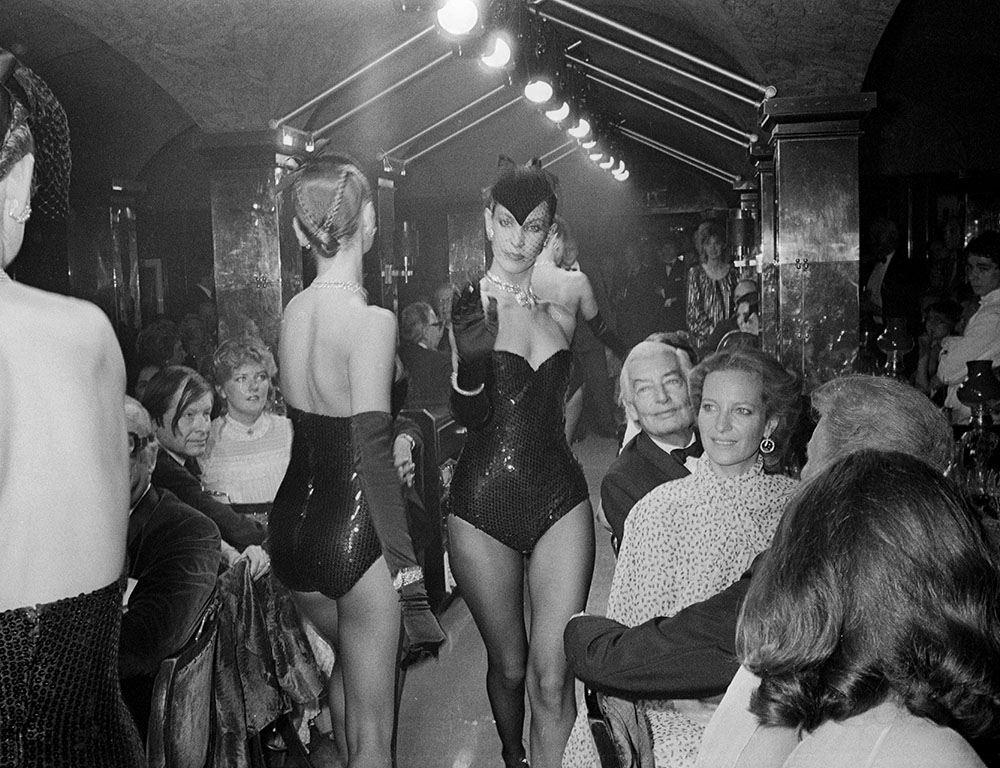
David Tang, who was very influenced by Mark, said it felt as if you were entering Aladdin’s cave when you came through the door of the club – it was somewhere you never wanted to leave.
The lighting, which some have described as sepulchral, made everyone look good and, of course, a great many marriage proposals were made in Annabel’s – including to me.
Annabel’s was smart, but never stuffy. There has always been the dress code, which, on one occasion, Mark was persuaded to relax. It lasted about three months because he was appalled by how the English dressed when left to their own devices. There’s no doubt that his high standards were central to the magic of the place.
Five more things you should know about Annabel's
- Annabel’s was opened in the converted basement of the Clermont Club on Berkeley Square in 1963 by Mark Birley and named after his wife, Annabel
- The new premises will occupy an entire building on Berkeley Square nearby and include a cigar salon and terraced garden
- Guests have included Richard Nixon, Aristotle Onassis, Jack Nicholson and Frank Sinatra
- Tina Turner, Ray Charles, Diana Ross, Bryan Ferry and Lady Gaga have all performed at Annabel’s
- Dogs are permitted, but not phones, laptops, cameras, T-shirts or sportswear
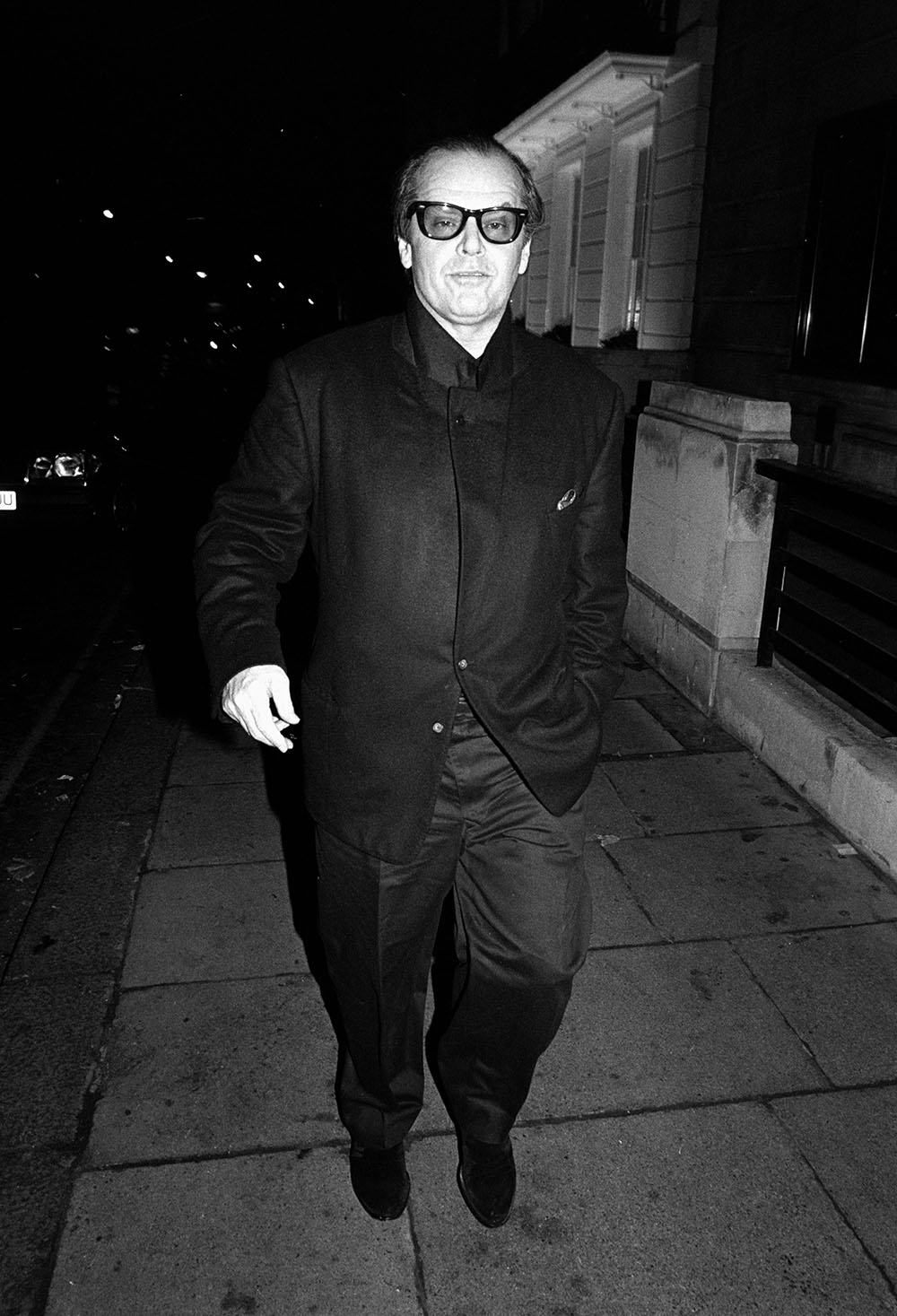
Country Life is unlike any other magazine: the only glossy weekly on the newsstand and the only magazine that has been guest-edited by HRH The King not once, but twice. It is a celebration of modern rural life and all its diverse joys and pleasures — that was first published in Queen Victoria's Diamond Jubilee year. Our eclectic mixture of witty and informative content — from the most up-to-date property news and commentary and a coveted glimpse inside some of the UK's best houses and gardens, to gardening, the arts and interior design, written by experts in their field — still cannot be found in print or online, anywhere else.
-
 Jungle temples, pet snakes and the most expensive car in the world: Country Life Quiz of the Day, April 14, 2025
Jungle temples, pet snakes and the most expensive car in the world: Country Life Quiz of the Day, April 14, 2025Mondays's quiz tests your knowledge on English kings, astronomy and fashion.
By James Fisher Published
-
 Welcome to the modern party barn, where disco balls are 'non-negotiable'
Welcome to the modern party barn, where disco balls are 'non-negotiable'A party barn is the ultimate good-time utopia, devoid of the toil of a home gym or the practicalities of a home office. Modern efforts are a world away from the draughty, hay-bales-and-a-hi-fi set-up of yesteryear.
By Annabel Dixon Published
-
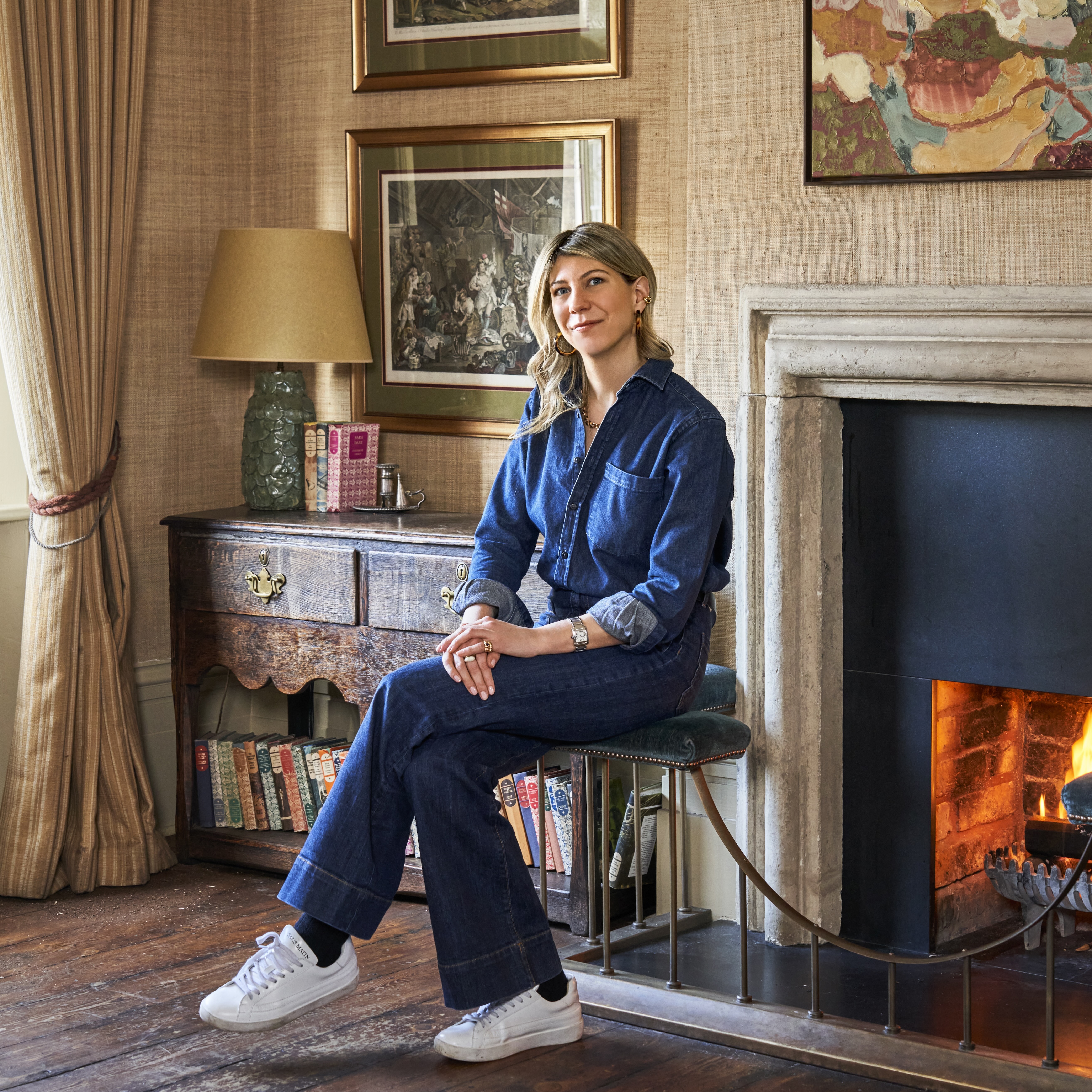 The power of the youthful gaze: A new generation tackles modern day design conundrums
The power of the youthful gaze: A new generation tackles modern day design conundrumsHow is a new generation of interior designers responding to changing lifestyles, proliferating choice, the challenges of sustainability and the tireless demands of social media?
By Arabella Youens Published
-
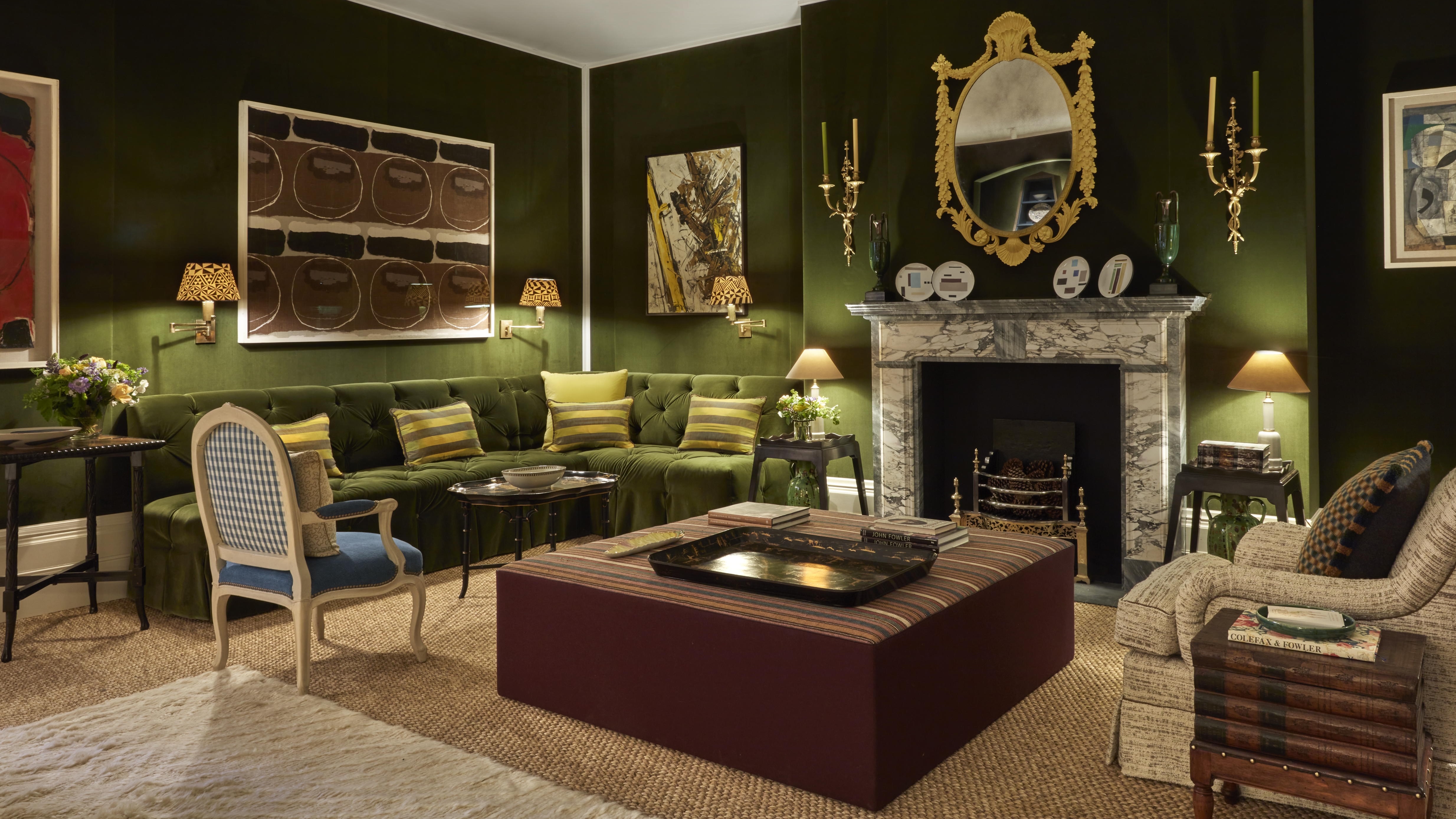 'Rooms can be theatrical and comfortable at the same time': Top tips for decorating with conversation in mind
'Rooms can be theatrical and comfortable at the same time': Top tips for decorating with conversation in mindCarefully placed furniture encourages conversations, says Emma Burns, of Sibyl Colefax & Fowler
By Country Life Published
-
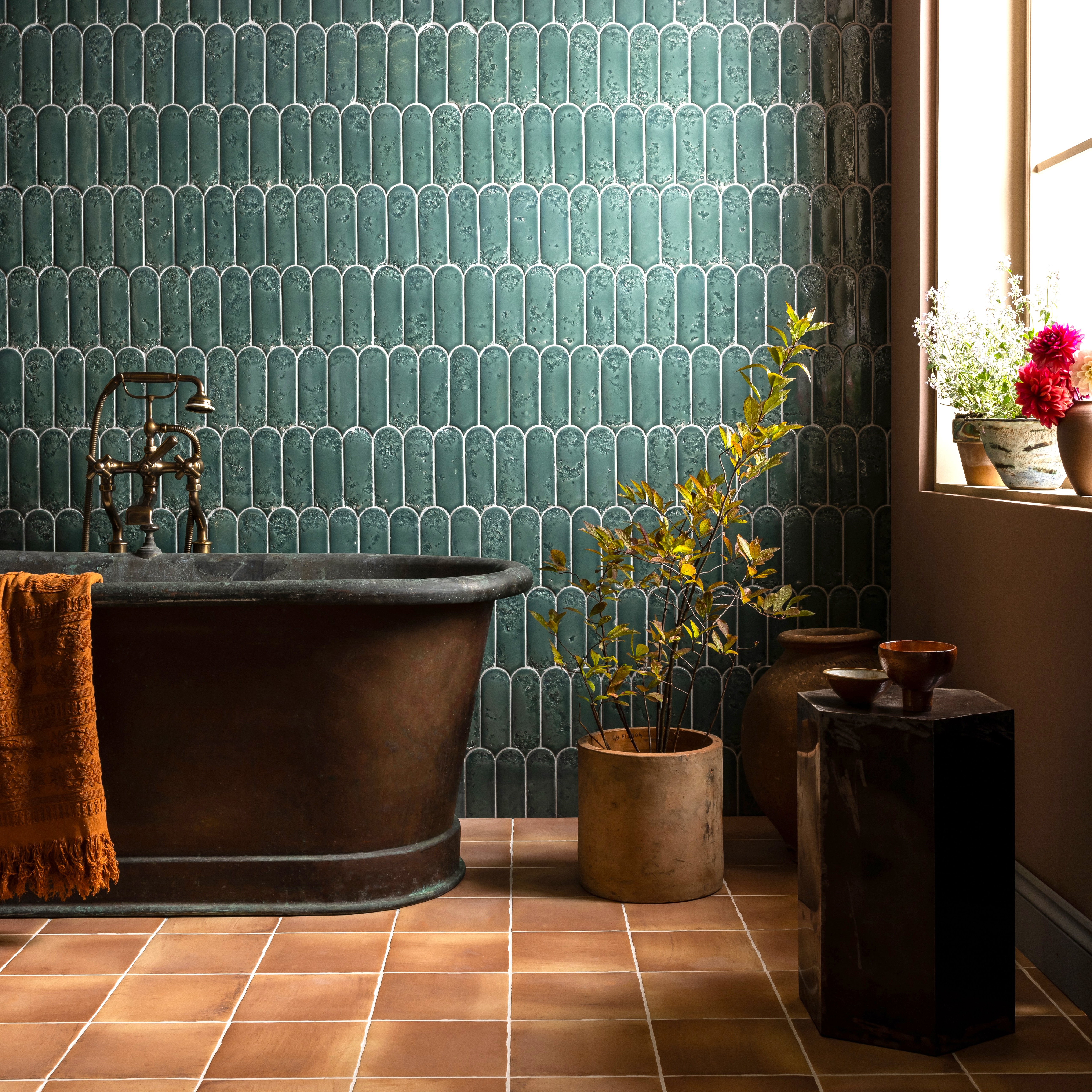 A tub carved from a single block of San Marino marble — and nine more beautiful things for the ultimate bathroom
A tub carved from a single block of San Marino marble — and nine more beautiful things for the ultimate bathroomThere's a bathroom out there for everyone — whatever your preferred style.
By Amelia Thorpe Published
-
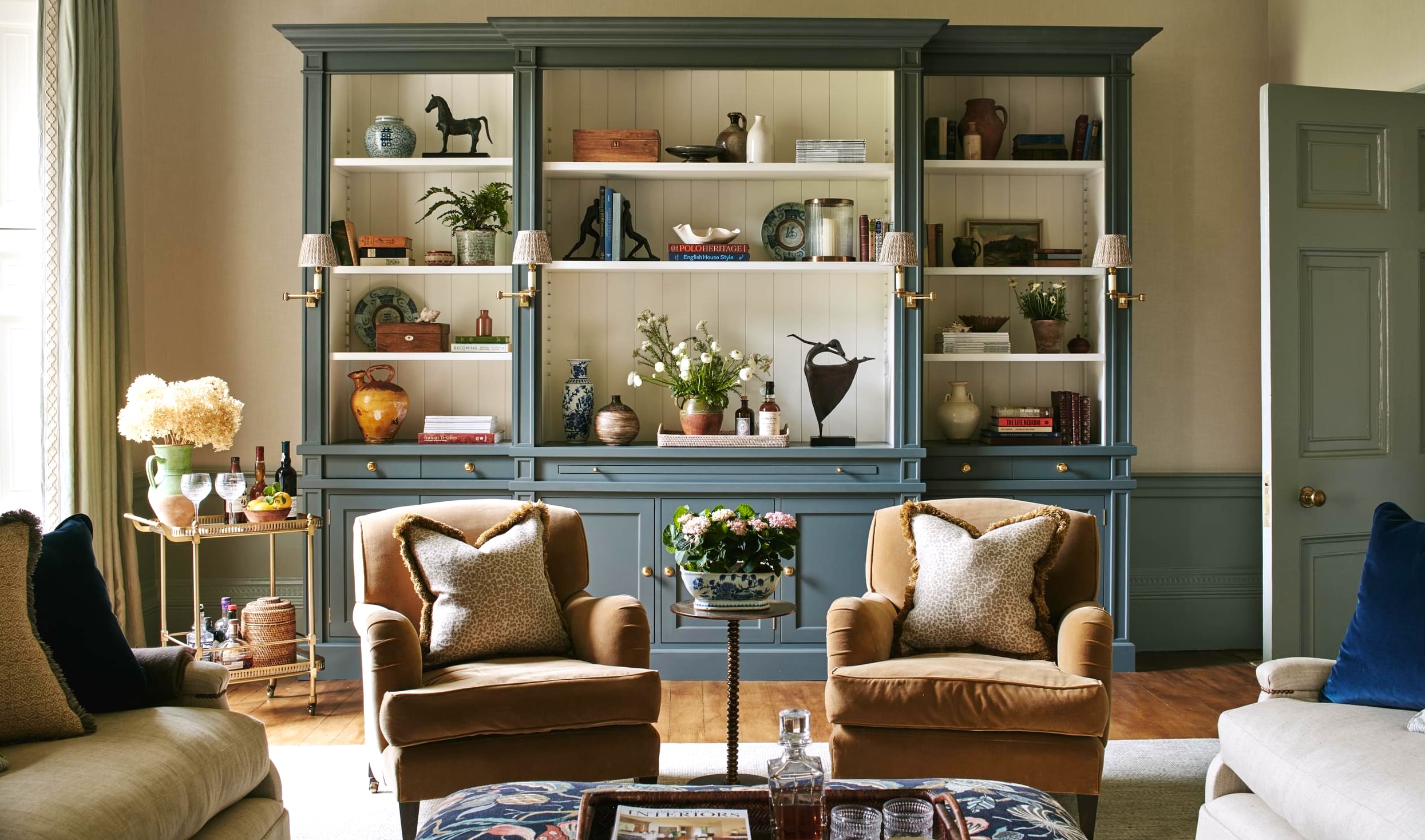 In search of the perfect comfy armchair
In search of the perfect comfy armchairWhat makes the ideal cosy, comfortable armchair? Arabella Youens asks some of Britain's top furniture experts to find out.
By Arabella Youens Last updated
-
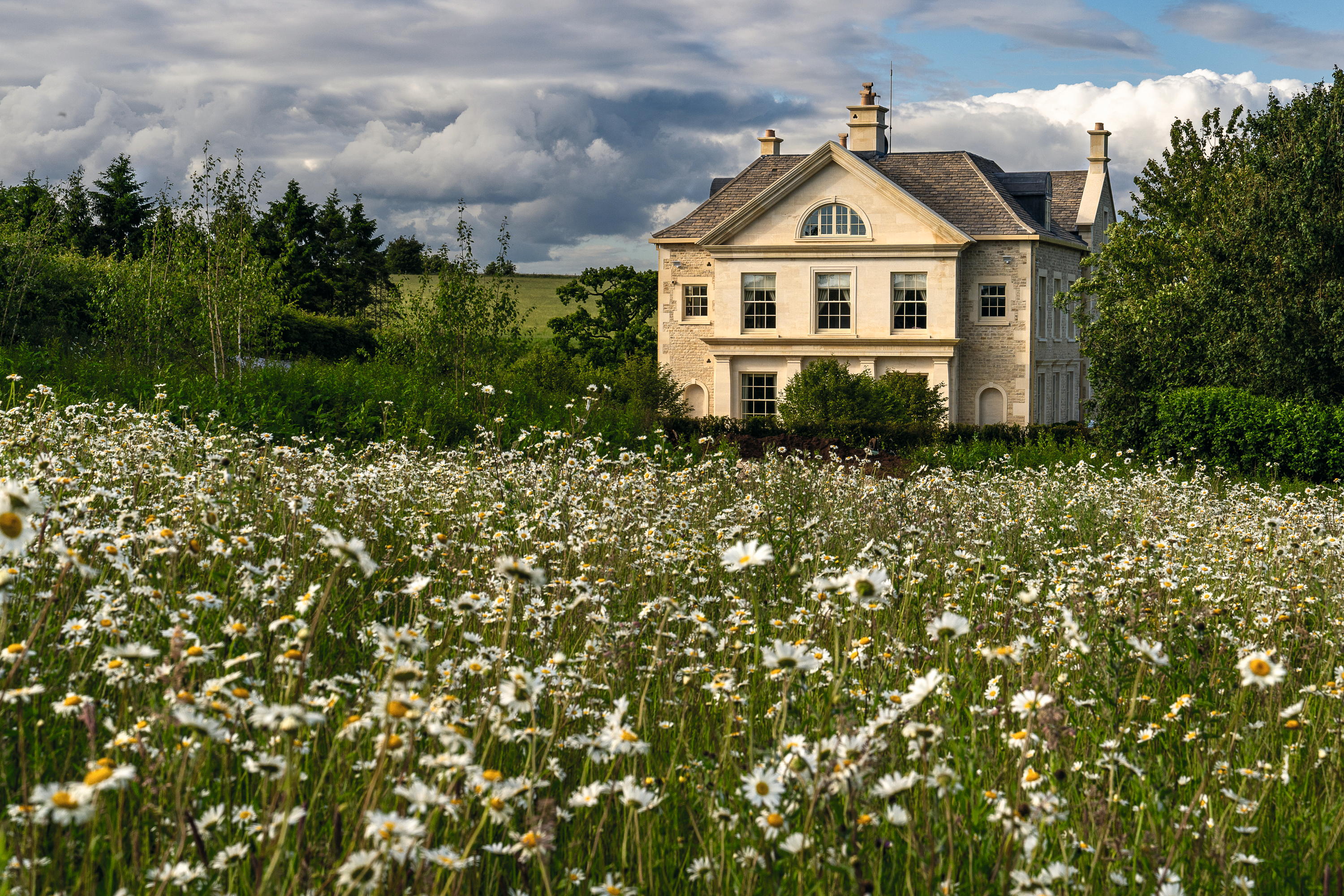 All the new entries in the Country Life Top 100 for 2025
All the new entries in the Country Life Top 100 for 2025Each year, our Country Life Top 100 is completely revised and updated — and several new names appear.
By Country Life Published
-
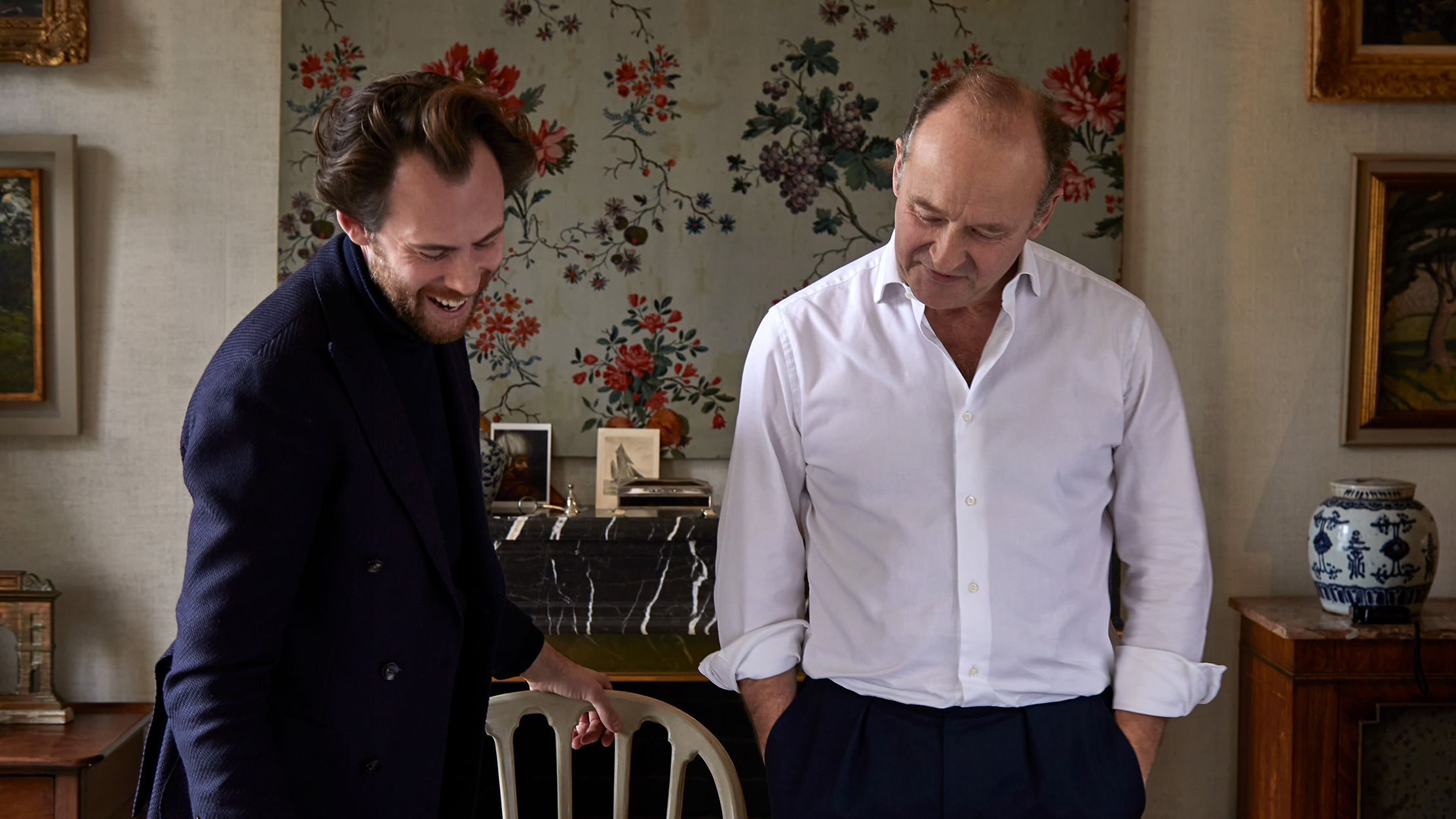 The timeless elegance of English country house style, with Guy Goodfellow and Steven Rodel
The timeless elegance of English country house style, with Guy Goodfellow and Steven RodelTwo of Britain's top interior designers share their wisdom with James Fisher on the Country Life Podcast.
By James Fisher Published
-
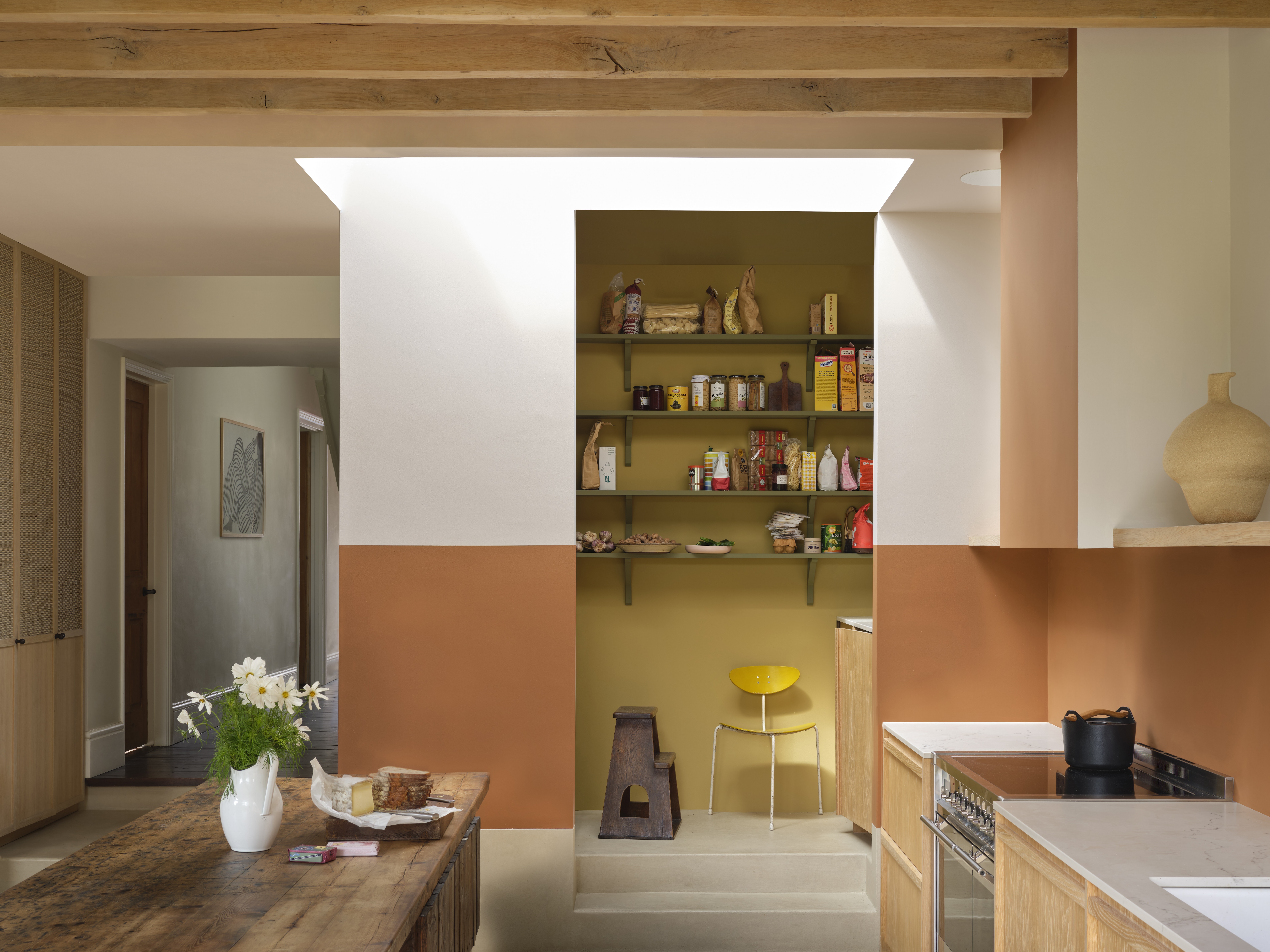 Dawn Chorus: Meet Farrow & Ball’s new paint colours, shop the must-have hotel merchandise and find out what Tom Parker Bowles likes to order from Greggs
Dawn Chorus: Meet Farrow & Ball’s new paint colours, shop the must-have hotel merchandise and find out what Tom Parker Bowles likes to order from GreggsIt’s time to redecorate because paint connoisseurs Farrow & Ball have added 12 new colours to their palette.
By Rosie Paterson Published
-
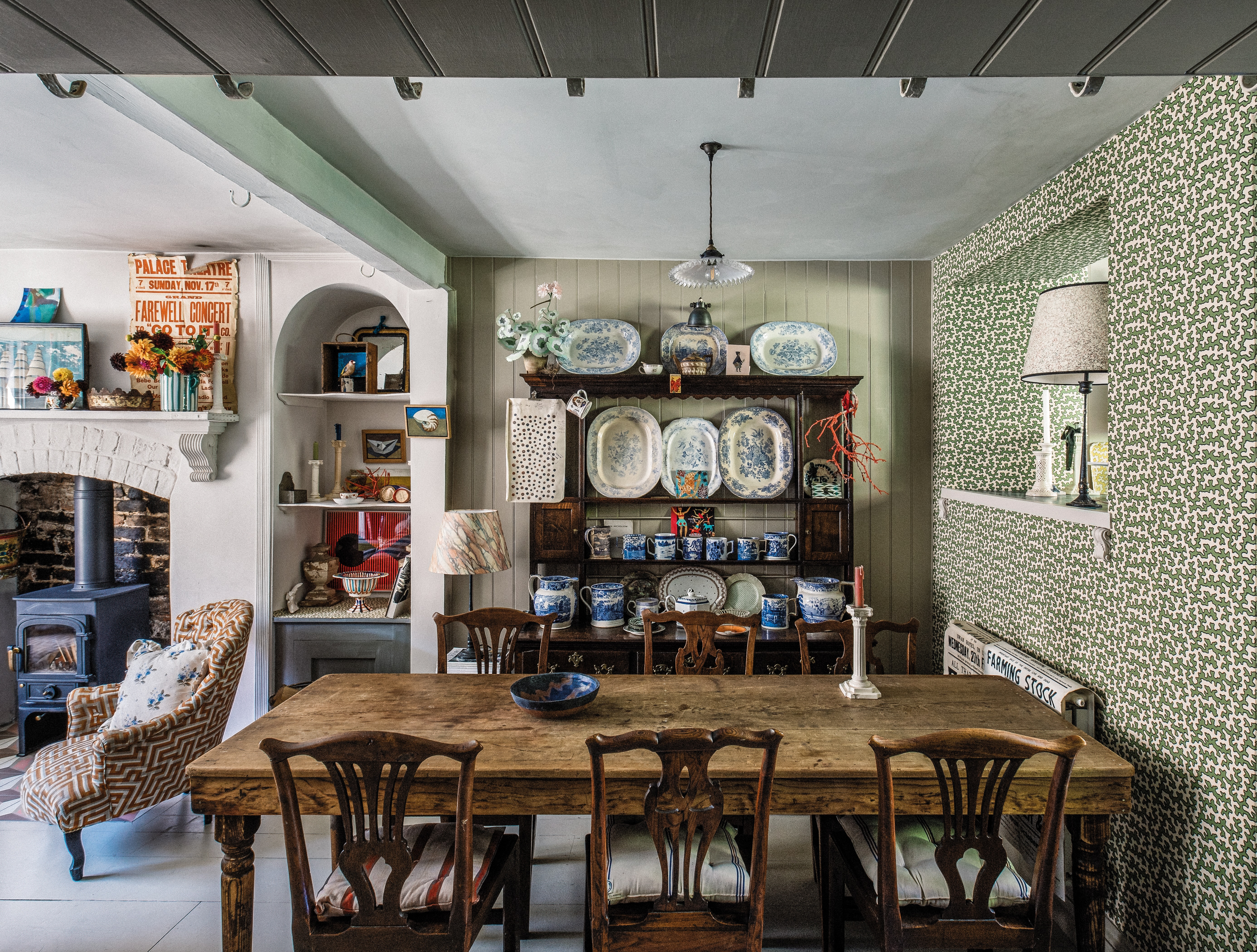 Why size doesn't matter if you've got some decorating derring-do
Why size doesn't matter if you've got some decorating derring-doA small space can be just as appealing as a large one — as long as you decorate with confidence, says a new book.
By Arabella Youens Published